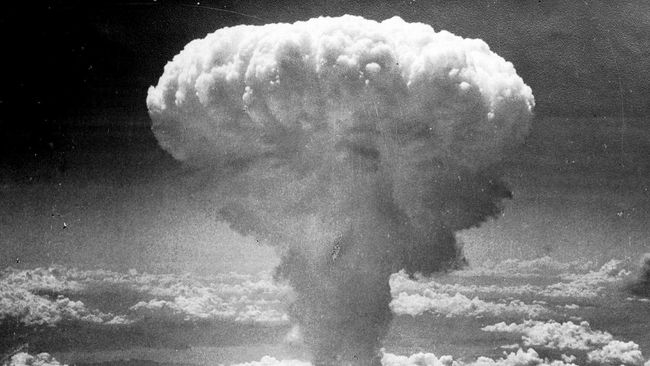The war between Russia and Ukraine could cause a nuclear ‘apocalypse’ that would cost billions of lives.
Earlier on Monday (28/2), the Russian Defense Ministry confirmed the combat alert status of ground units equipped with intercontinental ballistic missiles as well as ships of the Northern and Pacific Fleet.
In addition, Russian President Vladimir Putin has also placed his country’s nuclear deterrent forces on ‘special’ alert status on Sunday (27/2).
The escalating war between Russia and Ukraine has raised concerns among world leaders. One of the concerns is that the conflict could escalate to nuclear war if western countries help Ukraine militarily.
Experts say even a ‘limited’ nuclear war is capable of causing a nuclear ‘apocalypse’ that could kill billions of people.
In addition, the nuclear ‘apocalypse’ which is better known as ‘nuclear winter’ can also cause climate change and the disease that will follow, so that it can kill more victims.
Reporting from Weather, Nuclear Winter refers to a phenomenon that describes the short-term and long-term climate impacts of atomic warfare.
In this theory, more people die from long-term impacts than direct casualties in belligerent countries.
A 2014 study showed nuclear war in a limited scope would emit smoke that could block the sun’s rays. This will make Earth experience the coldest temperatures since the last ice age.
Then while the smoke persists for years in the stratosphere, the surface temperature will not change for more than 25 years. This is due to the thermal inertia of the cooling seawater and the reflection of sunlight back into space by the expanding sea ice.
The effects of the nuclear winter will be similar to those that occurred after the 1815 eruption of the Tambora volcano in Indonesia. It was then that a volcanic eruption triggered the infamous ‘Year Without a Summer’ in 1816 in the Northern Hemisphere.
During this period, frost disrupted agriculture despite the New England summer. Then extremely cold and wet weather in Europe triggered widespread crop failures, resulting in famine and economic collapse.
While the ‘winter’ effect of the eruption only lasts about a year, a minor nuclear ‘doomsday’ would cause 5 to 10 consecutive years of ‘Years Without a Summer’ and over a decade of significantly reduced crop yields.
(lom/bac)
–


